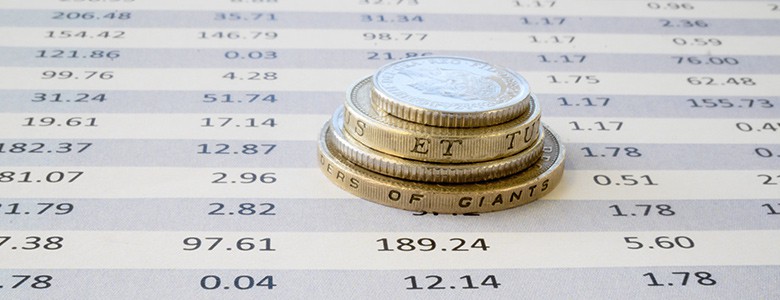
Once a firm favourite among savers, new figures from HM Revenue & Customs (HMRC) suggest that the humble Cash ISA is being neglected.
As interest rates remain low, the amount of money being paid into Cash ISAs has fallen by a third (Source: Financial Times August 2017), despite an all-time high annual allowance of £20,000. With more choice than ever for savers, many are instead opting to store their money in:
- Stocks & Shares ISAs
- Traditional savings accounts
- High interest current accounts
It’s logical that the introduction of the Personal Savings Allowance (PSA) has contributed to the move away from Cash ISAs, but are people jumping ship too early? And how much could it cost them in the long run?
Decline in popularity
In the 2015/16 tax year, £58.7 billion was paid into Cash ISAs. This dropped by nearly £20 billion the following year, as Cash ISAs saw just £39.2 billion of new money going in. This puts the total amount held in Cash ISAs at an estimated £270 billion (Source: Financial Times August 2017).
Whilst Cash ISAs have seen a significant drop, Stocks & Shares ISAs have been nearly 19 times more popular (Source: Financial Times August 2017), with:
- £1.2 billion invested in the 2015/16 tax year (Source: Financial Times August 2017)
- £22.3 billion invested in the 2016/17 tax year (Source: Financial Times August 2017)
This brings the total amount held in Stocks & Shares ISAs to an estimated £315 billion (Source: Financial Times August 2017), overtaking Cash ISAs for the first time since they were launched.
Personal Savings Allowance
The fall in popularity is due in part to the introduction of the PSA in April 2016. This means that savers now have a specific amount of interest they can earn from traditional savings accounts without paying tax. At the time of writing, this was:
- £1,000 for Basic-rate taxpayers
- £500 for Higher-rate taxpayers
- £0 for Additional-rate taxpayers
For many, the main draw of an ISA is its tax-free wrapper, but the introduction of the PSA means that this is no longer a priority. For a basic-rate taxpayer to go over the £1,000 interest allowance, they would need to have over £66,000 in an account that offered a return of at least 1.5% (Source: Financial Times August 2017).
Another factor working against Cash ISAs is the low interest rates they have been achieving recently. In 2007, the average interest rate for Cash ISAs was 5.5% (Source: Telegraph) whereas most Cash ISAs now struggle to reach 2% (Source: Moneyfacts October 2017). This is made worse by the relatively high levels of inflation that we are currently seeing, with the rate of inflation as measured by the Consumer Price Index (CPI) at 3% at the time of writing. Any savings account with a return rate lower than this will result in a real terms loss.
Why could ignoring Cash ISAs be a mistake?
Cash ISAs have been around for the past 18 years and have been supported by the Government in terms of:
- Generous annual allowances that have increased each year
- New launches (such as the Lifetime ISA and Help to Buy ISA)
This suggests that they are here for the long haul. The PSA doesn’t share this rich heritage, and the recent introduction means that it could be removed at any time (take the introduction and subsequent abolition of the 10% tax bracket by Gordon Brown as an example).
If the PSA is scrapped, storing your money in a traditional savings account could be inefficient, as any interest accrued will be liable for taxation.
Whilst interest rates are low right now, they could (hopefully) rise in the near future. If this happens, not sheltering your savings in a tax wrapper could be an expensive oversight. Of course, that isn’t to say that savers should ignore non-ISA savings accounts; it just pays to be aware of any upcoming changes that could affect you.
For more information about making your savings stretch as far as possible, don’t hesitate to get in touch using the phone number at the top of the page.
